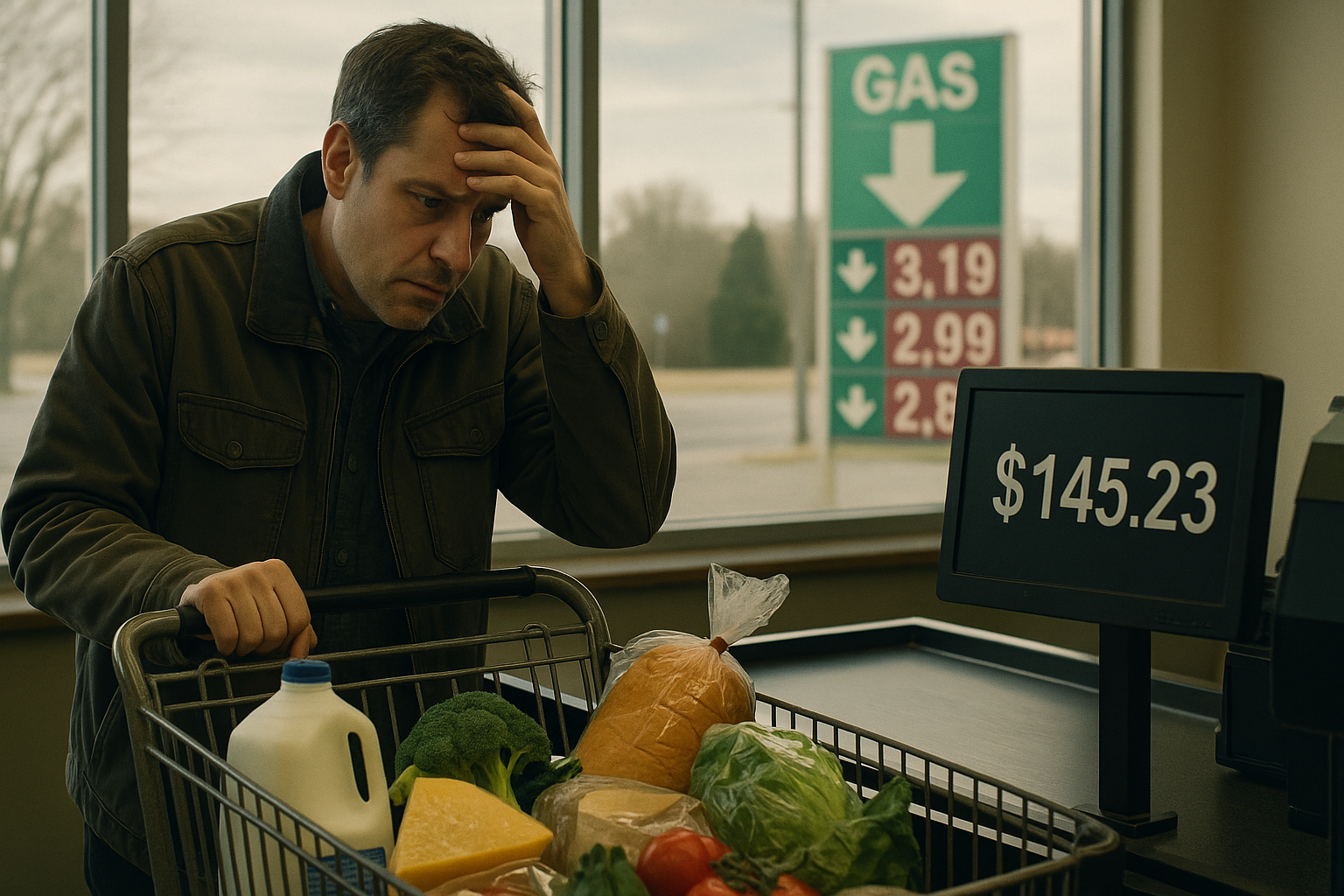The market took a nosedive on April 8th, and I watched countless investors perform the time-honored tradition of freaking out completely. The S&P 500 dropped 4.2% in a single day—the kind of move that makes CNBC hosts speak at higher octaves and causes your uncle who dabbles in options to suddenly contemplate real estate as "the only true store of value."
I've been covering market volatility since the 2008 financial crisis, and let me tell you something—I've seen this movie before. Many, many times.
The fascinating thing about market dips isn't the dip itself—it's the psychological warfare they wage on otherwise rational people. There's something almost primal about watching numbers go down that short-circuits our prefrontal cortex. Fear replaces analysis. Emotion trumps logic. Every. Single. Time.
This phenomenon is so reliable you could set your watch to it, except your watch is probably a smartwatch whose manufacturer's stock just dropped 6%, so... maybe don't look at it right now.
Here's a model I find particularly useful after years observing market behavior: Most investors operate with what I'll call "asymmetric emotional leverage." A 5% gain feels nice—perhaps worthy of a slightly more expensive bottle of wine with dinner. But a 5% loss? Well, that's existential crisis territory, isn't it? Complete with 2 AM portfolio checking and sudden interest in those gold commercials that run during Tucker Carlson.
The data backs this up. During the April 8th dip, retail trading volume spiked 32% above normal levels. People weren't calmly adding to positions—they were panic-selling, convinced this was the beginning of the end.
It wasn't.
This psychological asymmetry—this emotional overreaction—creates the very opportunities that patient investors exploit. Warren Buffett didn't become Warren Buffett by panic-selling, for God's sake. His famous adage to "be fearful when others are greedy and greedy when others are fearful" isn't just some cutesy Wall Street saying—it's the mathematical exploitation of emotional leverage.
I was having drinks with a former trading desk head last week (Manhattan, neat, if you're curious) who put it this way: "The market is basically a mechanism for transferring money from the impatient to the patient." Not exactly original, but the recurring truth of this statement is what gives it power.
Consider what happened after April 8th. Markets stabilized, then began climbing. By July, many quality companies had not only recovered but pushed to new highs. The investors who sold at the bottom? They locked in their losses and then faced the secondary torture of watching stocks rise without them. Talk about a double-whammy of financial and psychological pain.
There's actually a term for this in behavioral finance: "action bias." It's our tendency to prefer doing something—anything—over doing nothing, especially in threatening situations. It's why soccer goalkeepers dive during penalty kicks even when statistics show staying put would be more effective. In investing, this bias is particularly... well, expensive.
Look, I'm not saying every dip is a buying opportunity or that markets always recover quickly. The 2008 financial crisis and the 2000 dot-com crash took years to recover from, not months. I covered both. They were brutal. The key is distinguishing between systemic crises and normal market volatility. This requires something increasingly rare in our TikTok-addled world: context and historical perspective.
The April 8th dip wasn't caused by a fundamental breakdown in the financial system. It was largely technical in nature, triggered by positioning and exacerbated by algorithmic trading. Understanding this distinction is crucial to making rational decisions during market stress.
I've been on trading floors during genuine crashes and during routine corrections. The emotion feels identical in the moment, but the appropriate response couldn't be more different.
So what's the takeaway here? Having a plan before volatility strikes is infinitely more valuable than trying to create one during the storm. Decide in advance what would constitute a genuine reason to sell versus normal market noise. Write it down. Seriously, get a pen and write it down right now. Your future self will thank you.
Because the next dip is coming. It always does. And when it arrives, you'll have two options: join the panicked herd or be the person on the other side of their trades. Only one of these approaches builds wealth over time, and it's not the one that feels best in the moment.
As for me, I've learned to enjoy market dips—not because I'm some market masochist, but because I've lived through enough of them to know they're where patient investors find the opportunities that everyone else misses while they're too busy panicking.




